Centered on "stable differential protection", this relay integrates three-phase overcurrent protection and multi-mode earth fault protection functions. By leveraging digital signal processing technology, it achieves accurate identification and rapid response to risks including winding short circuits, turn-to-turn faults, and earth faults. Meanwhile, it features characteristics such as excitation inrush current resistance and over-excitation interference resistance, ensuring the safe operation of equipment under complex working conditions.
As a key model in the SPAD346C series, the SPAD346C3 only integrates the SPCD 3D53 differential relay module (excluding the earth fault module and overcurrent module). It focuses on core differential protection requirements and is suitable for scenarios where high precision in differential protection is demanded and independent overcurrent/earth fault protection systems are already in place.
Its design complies with IEC international standards and the CE Electromagnetic Compatibility (EMC) Directive, offering high anti-interference performance and long-term stability. It can be seamlessly integrated into the ABB Panorama substation monitoring system, providing a reliable safety barrier for power transmission and distribution links.
DATA SHEET

Performance Parameters
1. Core Electrical Parameters
| Parameter Category | Specific Specifications |
|---|---|
| Excitation Input | - Rated Current (Iₙ): 1 A (terminals X0/1-3, 4-6, etc.) or 5 A (terminals X0/1-2, 4-5, etc.) - Thermal Withstand Current: Continuous 4 A (for 1 A version) / 20 A (for 5 A version); 25 A / 100 A for 10 s; 100 A / 500 A for 1 s - Dynamic Withstand Current (half-wave value): 250 A (for 1 A version) / 1250 A (for 5 A version) - Input Impedance: <100 mΩ (for 1 A version) / <20 mΩ (for 5 A version) - Rated Frequency (fₙ): 50 Hz or 60 Hz (configured per order) |
| Differential Protection Module (SPCD 3D53) | - Optional Rated Frequency: 16⅔~60 Hz - CT Ratio Correction Range (HV/LV Side): 0.40~1.50×Iₙ - Stable Differential Current Stage (3∆I>): - Basic Pickup Ratio (P/Iₙ): 5%~50% - Pickup Ratio Setting (S): 10%~50% - Second Inflection Point of Characteristic Curve (I₂ₜₚ/Iₙ): 1.0~3.0 - Harmonic Restraint Ratio (I d2f/I d1f): 7%~20% (2nd harmonic), 10%~50% (5th harmonic) - Operating Time: <50 ms at 1.5~4× operating value; <45 ms at >4× operating value - Instantaneous Differential Current Stage (3∆I>>): - Pickup Ratio (I d/Iₙ): 5~30 - Operating Time: <35 ms at 1.1~2.6× pickup ratio; <30 ms at >2.6× pickup ratio - Operating Accuracy: ±4% of set value or ±2%×Iₙ |
| Auxiliary Power | - Module Type: SPGU 240A1 (80~265 V AC/DC) or SPGU 48B2 (18~80 V DC) - Static Power Consumption: ~10 W - Operating Power Consumption: ~15 W |
| Output Relays | - Trip Relays (X1/11-14, etc.): Rated voltage 250 V AC/DC; continuous current-carrying 5 A; 30 A make/break for 0.5 s; DC breaking capacity (L/R≤40 ms): 1 A at 220 V, 3 A at 110 V, 5 A at 48 V - Contact Material: AgCdO₂ |
2. Environmental and Mechanical Parameters
| Parameter Category | Specific Specifications |
|---|---|
| Operating Environment | - Operating Temperature: -10°C~+55°C - Storage/Transport Temperature: -40°C~+70°C - Relative Humidity: 93%~95% (+55°C, no condensation, per IEC 68-2-30) - Insulation Resistance: >100 MΩ (500 V DC, per IEC 255-5) - Interference Immunity: - High-Frequency Interference (IEC 255-22-1): Common mode 2.5 kV/1 MHz, differential mode 1.0 kV/1 MHz - Electrostatic Discharge (IEC 801-2): Air discharge 8 kV, contact discharge 6 kV - Fast Transients (IEC 801-4): 4 kV at power terminals, 2 kV at other input terminals |
| Mechanical Characteristics | - Protection Degree: IP54 (flush mounting, per IEC 529) - Weight: Approximately 6 kg - Mounting Method: Flush mounting, semi-flush mounting, 19-inch rack mounting (requires matching SPA-ZX 304/305 mounting plate) |
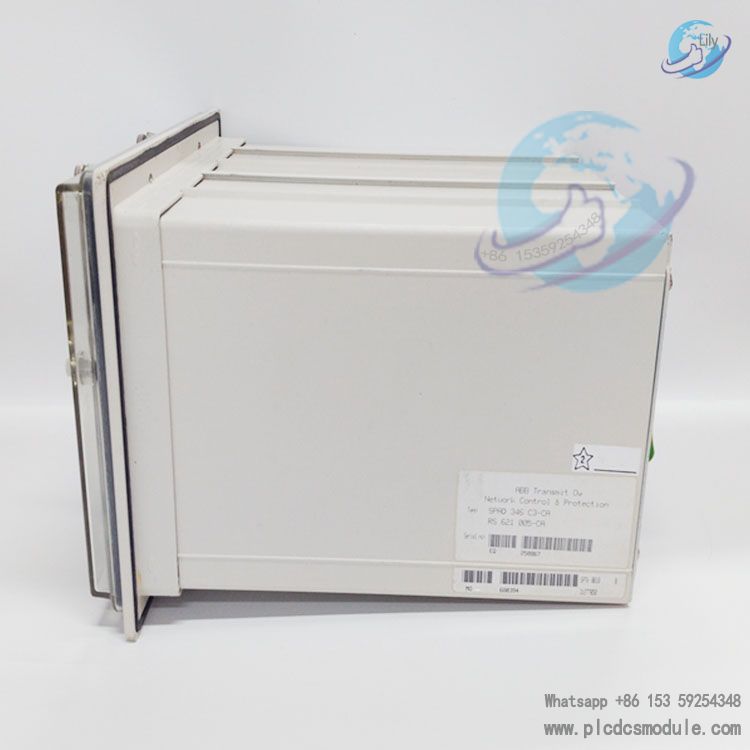
Advantages and Features
1. High-Precision Differential Protection with Strong Anti-Interference Capability
Digital Signal Processing
Adopts digital filtering technology to eliminate DC components and harmonic interference from currents. Differential current is calculated solely based on fundamental components, ensuring fault identification accuracy (operating error of ±4%) and preventing false operations under conditions such as CT saturation and excitation inrush current.
Multi-Harmonic Restraint Mechanism
Built-in 2nd harmonic restraint (7%~20%) to resist transformer excitation inrush current, and 5th harmonic restraint (10%~50%) to prevent over-excitation interference. When the ratio of 5th harmonic to fundamental wave is excessively high (indicating dangerous overvoltage), the 5th harmonic restraint can be automatically deactivated to prioritize equipment safety.
2. Flexible Adaptability, Reducing Dependence on External Equipment
Digital Correction of CT Ratio
Supports a wide range of CT ratio correction (0.40~1.50), eliminating the need for additional interposing CTs. This reduces equipment costs and wiring complexity. Vector group matching (e.g., Y/Δ connection) for HV/LV sides is achieved via digital settings, without the need to adjust physical wiring.
Modular Design
SPAD346C3 focuses on core differential protection functions (only integrating the SPCD 3D53 module) and can be flexibly combined with the user’s existing overcurrent and earth fault protection systems. It adapts to the hierarchical configuration requirements of "main protection + backup protection".
3. High Reliability and Maintainability
Full-Time Self-Monitoring
Continuously monitors the operating status of hardware circuits (e.g., power module, CPU) and software programs. Upon detecting faults (such as EEPROM data corruption or internal cable looseness), it immediately triggers an alarm and records fault information, improving system availability.
Integrated Fault Recording Function
Features a built-in digital fault recorder that can record analog signals (6 channels) and digital signals (11 channels) for 38 cycles, with a sampling frequency of 40 samples per cycle. It supports data storage before and after faults, facilitating post-event analysis of fault causes (e.g., short-circuit location, current waveform).
4. Strong Environmental Adaptability and System Compatibility
Harsh Environment Resistance
With an IP54 protection rating, it is resistant to dust and water splashes. The operating temperature range of -10°C~+55°C makes it suitable for scenarios such as outdoor substation cabinets and high-temperature machine rooms. It has passed IEC anti-interference tests and can operate stably in strong electromagnetic environments (e.g., high-voltage switch operations, frequency converter interference).
Seamless Integration into Automation Systems
Supports fiber optic serial bus communication (SPA bus) and offers optional SPA-ZC 17/21 bus modules (plastic optical fiber/glass optical fiber) with a data transmission rate of 4800/9600 Bd. It can be integrated into the ABB Panorama substation monitoring system, enabling remote parameter configuration, data reading, and fault alarm notifications.
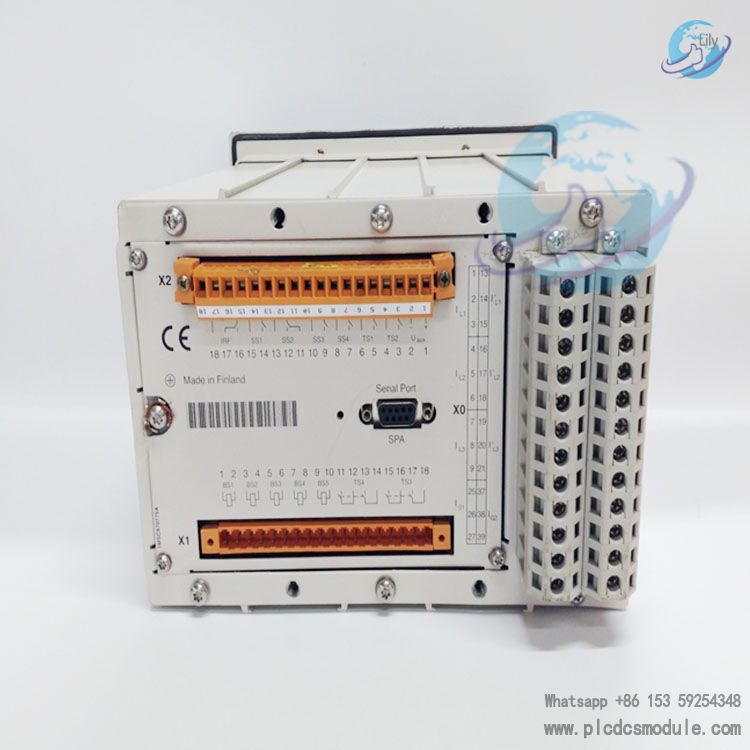
Application Fields
With its high-precision differential protection capability, the ABB SPAD346C3 is mainly used for short-circuit and turn-to-turn fault protection of high-voltage equipment in power systems, with core application scenarios as follows:
1. Power Transformer Protection
2. Generator-Transformer Unit (GTU) Protection
For GTUs in thermal power units/hydropower units: It is integrated into the protection circuit between the generator and the main transformer, and monitors the currents of the generator stator windings and transformer windings simultaneously to provide dual protection against generator turn-to-turn short circuits and transformer winding faults. For example, in a 300 MW thermal power unit, when a turn-to-turn fault occurs in the generator stator, it can trigger a trip within 0.05 seconds, cut off the excitation circuit and the main switch, and protect the generator core and windings from permanent damage.
3. Protection of Compensating Reactors and Short Cable Lines
Working Principle
The ABB SPAD346C3 operates on a core logic of "differential current monitoring + harmonic restraint + fault judgment", with the specific process as follows:
1. Current Signal Acquisition
Three-phase current signals are collected from the HV (High Voltage) side and LV (Low Voltage) side via CTs (Current Transformers). These signals are transmitted to the SPCD 3D53 differential module through the excitation input terminals (Terminal Group X0). The module then performs digital filtering on the current signals to eliminate DC components and high-frequency noise, and extracts the fundamental component for subsequent calculations.
2. Differential Current Calculation
Based on the preset CT ratio correction coefficient and vector group matching algorithm (e.g., phase compensation for Y/Δ connections), the currents from the HV side and LV side are unified to the same reference. The three-phase differential current is then calculated using the formula: 3∆I = I_HV - I_LV (where 3∆I = three-phase differential current, I_HV = HV side current, I_LV = LV side current).
3. Restraint Logic Judgment
The relay uses two differential current stages to determine faults, with adaptive restraint mechanisms to avoid false operations:
Stable Differential Stage (3∆I>)
When the differential current exceeds the "basic pickup ratio (P)", the restraint judgment process is initiated:
Instantaneous Differential Stage (3∆I>>)
When the differential current far exceeds the normal range (≥5×Iₙ, where Iₙ = rated current), the restraint process is skipped directly, and a rapid trip is triggered (operating time < 30 ms). This stage is designed to respond to severe short-circuit faults (e.g., phase-to-phase short circuits in windings).
4. Tripping and Fault Recording
After a fault is confirmed:
5. Self-Monitoring and Alarm
During operation, the module continuously monitors:
If an abnormality is detected (e.g., power failure, CPU fault), the self-monitoring alarm relay is activated immediately. At the same time, the protection function is locked to prevent either false operation (unnecessary tripping) or failure to operate (failure to trip during a genuine fault).
Customers who purchased this product are also browsing the following products:
ABB 3BHE055094R0002 GBU72 PCS6000 Medium voltage wind turbine converter
ABB CI840A 3BSE041882R1 PROFIBUS DP-V1 Interface
Honeywell MC-PDOX02 51304487-150 Digital Output Module
TRICONEX AI2361 7400210-020 processor module





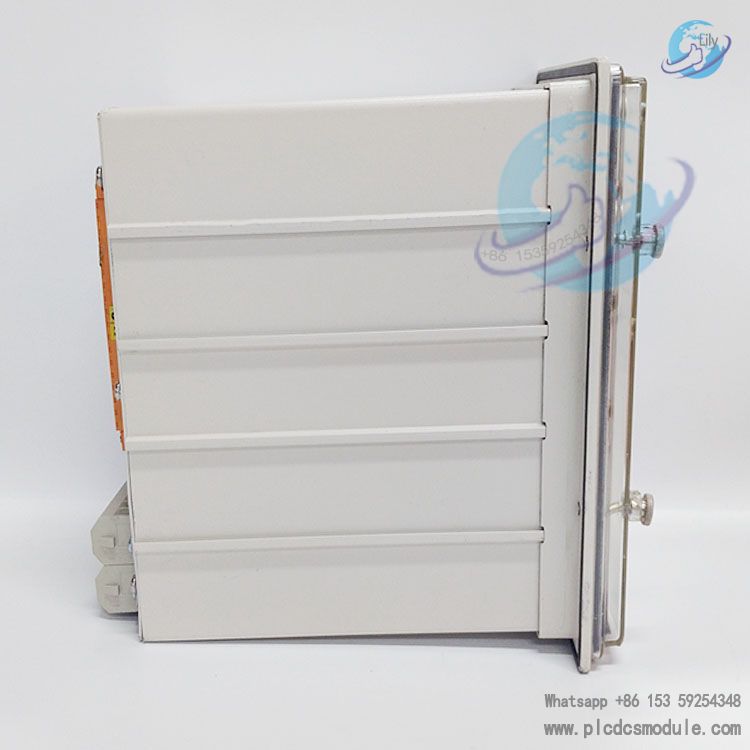
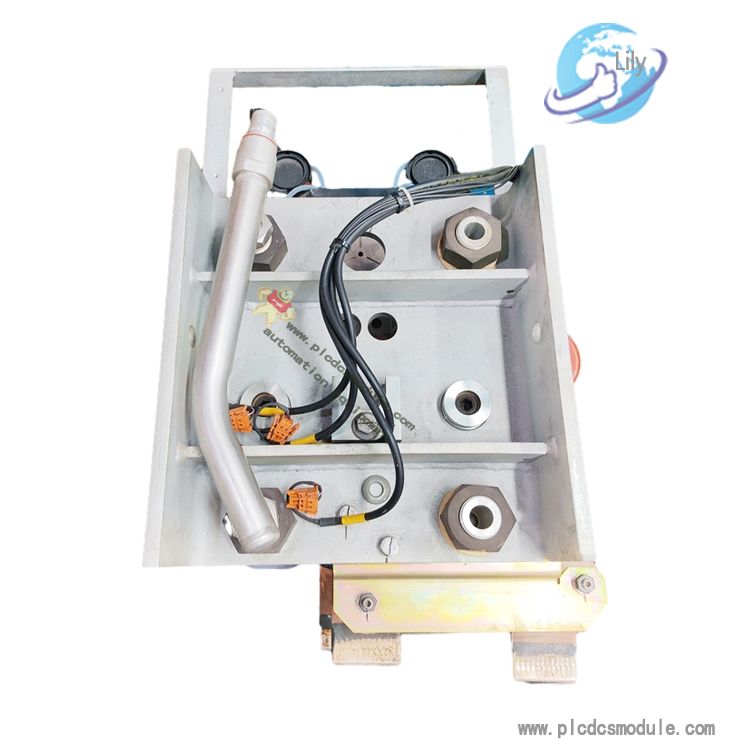

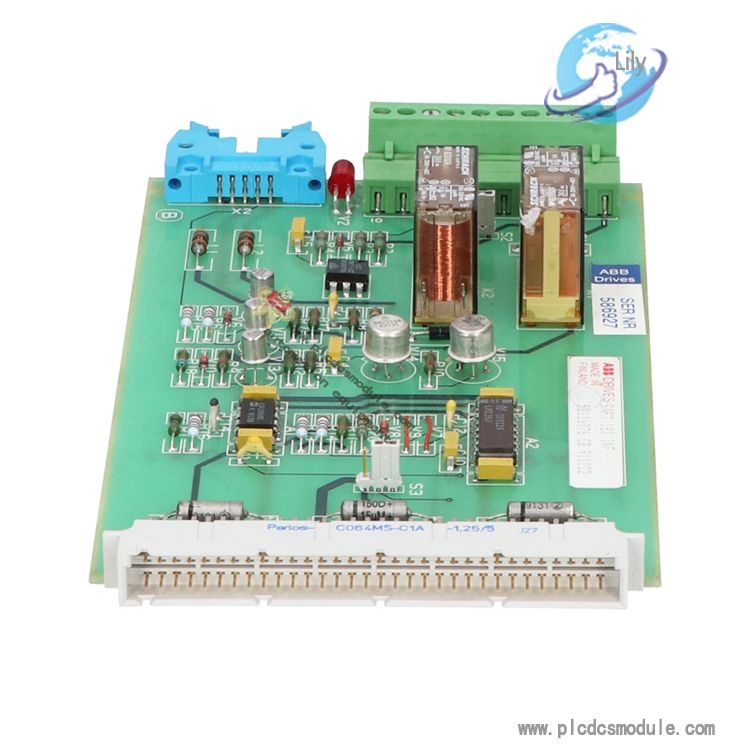
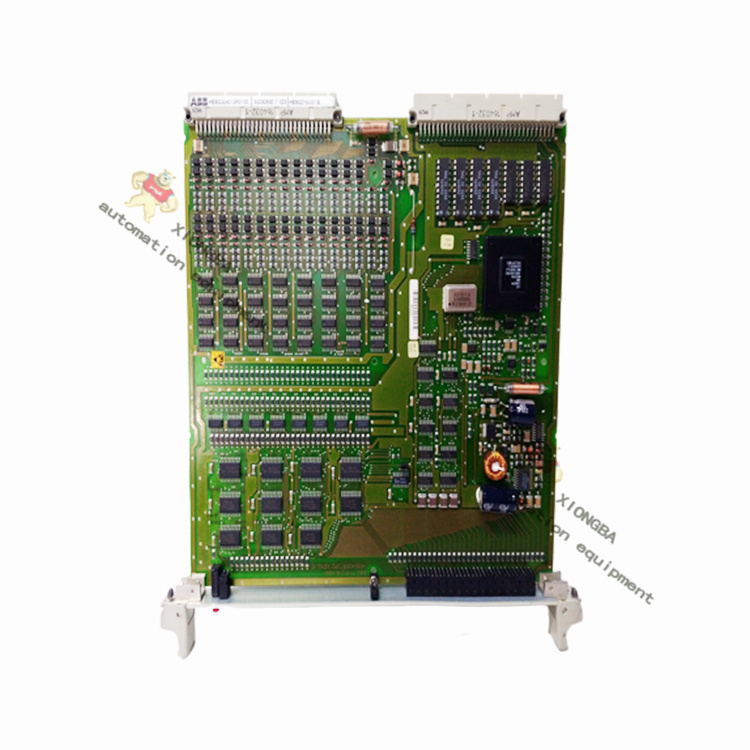


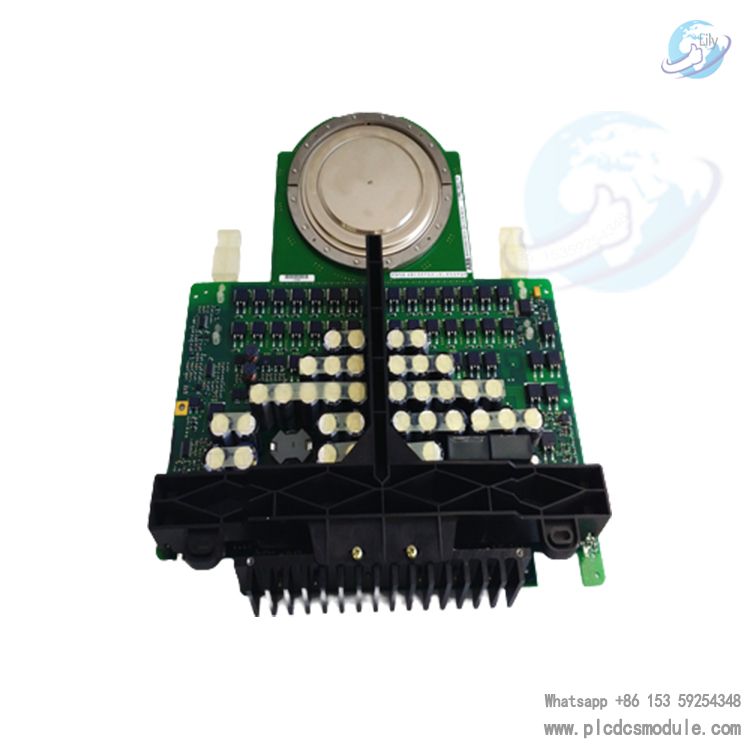

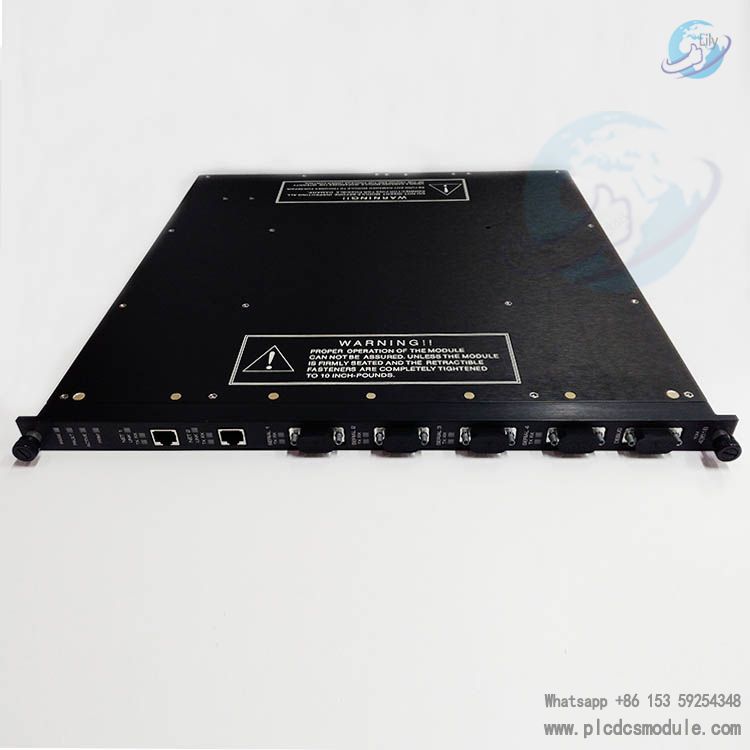

 3005319639
3005319639